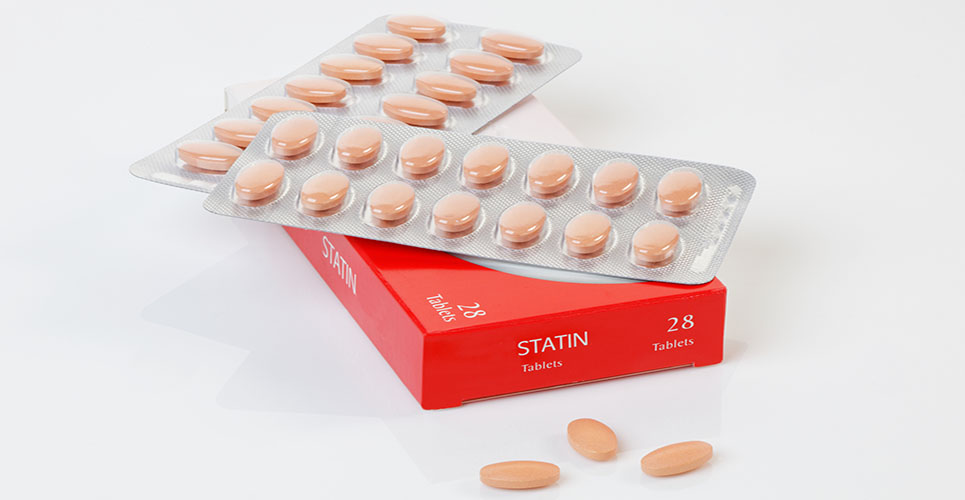Patients who take at least 90% of their statin doses for a year can reduce their risk of coronary artery disease (CAD) events by about one-fifth after a year compared with patients who take less than 90% of doses, according to an epidemiological study.
The authors note that adherence to statin therapy in real life is incomplete, and the evidence indicates that fewer than 40% of those prescribed the drugs take at least 80% of doses, and around a half discontinue the medication within six months of starting. They therefore aimed to determine the impact of adherence using data from healthcare administrative databases.
The data came from the public health assurance system in Quebec, Canada. Two of the three databases used cover the whole population and the third covers pharmacy prescription claims for the 40% whose prescription payments are insured under the plan. From these, the authors generated a cohort of patients who started statin therapy for the first time during 1998–2000.

To ensure that a statin was being used for primary prevention, eligible patients had no indication of pre-existing cardiovascular disease and were not receiving antiplatelet or anticoagulant medication. Participants were followed from first statin prescription to first CAD event or the end of the study period (30 June 2001; minimum six months, maximum 3.5 years), and a nested case-control approach was used to estimate the risk ratio (RR) of a CAD event for those whose adherence to statin therapy was good (at least 90% of prescribed doses taken) compared to those who took less.
A total of 20,543 eligible patients was identified; their mean age was 58, and mean duration of follow-up was 1.6 years. A primary outcome event occurred in 7.5% of the cohort overall: 4.7% of those treated for less than one year and 4.0% of those treated for at least a year, to give two outcome events per 100 person-years over the course of the study. Mean adherence was 62% for cases and 65% for controls.
Over the full cohort, there was no significant difference in CAD event rate between those with good adherence and those without. However, when analysis was restricted to those treated for a year or more, good adherence did reduce the rate of events (RR 0.81; 95% CI 0.67 to 0.97) compared to poorer adherence. When the analysis was carried out at different adherence rates, the effect became statistically significant at the 90% level.
Br J Clin Pharmacol 2007;63:689-97

